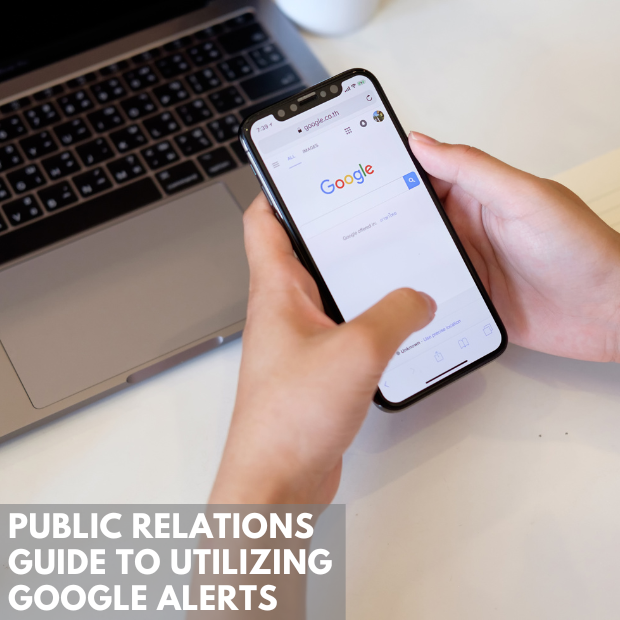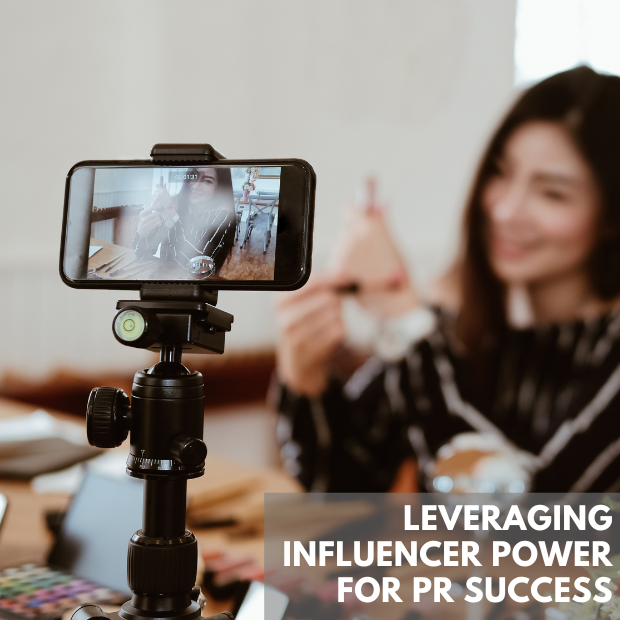
The Art of Storytelling in Public Relations
Storytelling has served as pivotal means to share experiences and propagate knowledge for centuries. In public relations, it has become a powerful tool used by organizations to describe their brand or illustrate a message, and engage with customers, audiences and stakeholders.
Public relations practitioners, in particular, understand the importance of telling stories that create a narrative that can be understood, remembered, and shared. Such stories help build trust and emotional connections with audiences and can persuade them to take a desired action.
At its core, storytelling in public relations is an art form that requires honing the craft of telling appropriate and effective stories to different types of audiences. To become a master at this art, you need to understand who your audience is and what story will resonate most with them.
Why Storytelling Is Key In PR
Stories have the power to engage and captivate an audience in a way that facts and figures alone cannot. With storytelling, PR practitioners can:
- Create narratives that consumers can imagine themselves in and connect with emotionally
- Generate interest, awareness, and loyalty
- Become thought leaders by telling stories that provide value and contain meaningful insights
- Inspire people to act by conveying powerful and positive messages
- Inform, educate, and entertain readers with compelling stories
- Communicate technical aspects of their brand in a way that’s easier to understand
- Build a unique brand voice that’s memorable and hard to copy
Most importantly, storytelling offers the perfect opportunity for brands to keep up with the times and evolve with audiences.
For example, Louis Vuitton’s mobile game, “Louis the Game,” takes players on an immersive adventure in six imaginary worlds. They learn different stories about the brand, collect postcards, and find NFTs designed by Beeple. With this game, Louis Vuitton tapped into the curiosity and interests of the younger generation, thus positioning itself for the future.
How To Master The Art Of Storytelling In PR
Storytelling is a skill that takes practice to master. To tell effective stories, PR professionals must invest time in understanding their target audience and developing a narrative that resonates with them.
Here’s how to create captivating stories that earn the trust of your audience.
Know Your Brand Story And Landscape
Ask yourself what your brand stands for and what it wants to achieve. This will help you create stories that are consistent with your vision and values.
Additionally, research relevant trends in the PR landscape so you can craft tales that stand out from the competition.
Focus On The Audience
Stories should be crafted with the target audience in mind. Identify their interests, needs, and preferences before deciding on the type of story you want to tell. Make sure it’s something that they can relate to and understand.
Once you have a good understanding of your audience, create stories that appeal to their emotions and evoke thought-provoking conversations.
Create A Compelling Narrative
Combine your mission and values with the interests of your audience to create an engaging narrative. Make sure to craft a story that is memorable, inspiring, and entertaining. Use clear language, vivid imagery, and interesting characters to make it more compelling.
You can create a compelling narrative that will catch the attention of newcomers and long-time followers using this simple structure:
- Do something extraordinary
- Build a story around this extraordinary act
- Create strong media relationships
- Share this extraordinary story
Understand The Four Ps Of Pitching
You need to pitch your story and land media placements. With these four Ps, you can show your audience why your brand matters:
- People: The subject of your story should be someone who overcomes a challenge and arises stronger – a hero.
- Places: Where are your products manufactured? Who are the unsung heroes behind your products?
- Process: Show how your finished product is made. Explain the processes and materials used to create it.
- Product: Introduce your products to the audience by connecting with them emotionally. Show why they need it and how it can improve their lives.
Make It Shareable
Your story should be shareable in order for it to reach its intended audience. So, make sure that you optimize content for various social media platforms. Use visuals and videos to increase engagement, as well as optimize headlines with relevant keywords and hashtags.
What To Avoid
- Selfish storytelling: Avoid self-referential, product-based, or promotional storytelling. Instead of telling people how much you’ve sold, tell them how your brand has changed lives.
- Narrative-only content: Don’t capture attention with words only. Use visuals and excellent design to make your story more engaging.
- Self-serving punchlines: When inserting a call-to-action, make sure it’s not too sales-y.
- Speechifying: Don’t give only your perspective. Give outside perspectives from customers, experts, influencers, and industry leaders.
Conclusion
Ultimately, remember that storytelling is about emotional connection, not selling. Be sure to craft a story that resonates with your audience and helps them understand the deeper meaning of your brand.
That said, getting a story right takes practice and experience. If you need a hand creating an engaging and unique story, our experts at The Hoyt Organization are here to help! We’ll help you create a compelling story that lives on for years.








